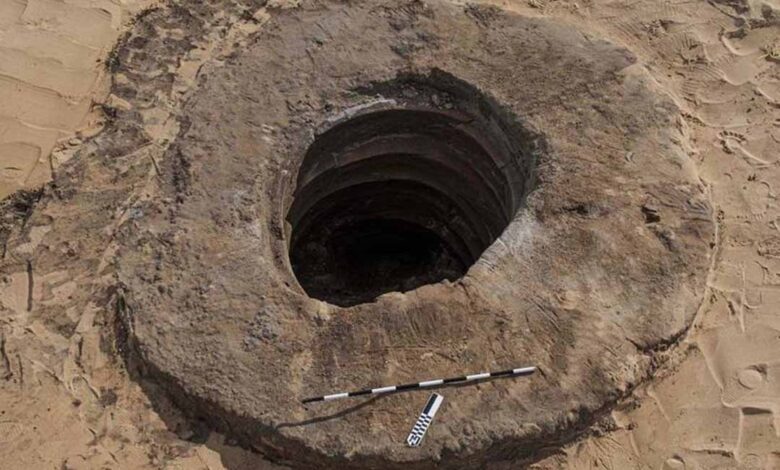Inscription found in 3,800-year-old Egyptian mine that may confirm the Bible

A new interpretation of the inscriptions that were left on the walls of an ancient mine in Egypt may testify to the real events described in the Book of Exodus – the second book of the Pentateuch, the Old Testament and the entire Bible. About this informs Daily Mail.
According to the researcher Michael Bar-Ron, one of the proto-Sinai inscriptions, whose age is estimated at 3800 years and which was discovered in the Sinai Peninsula, can have an extremely interesting meaning. The scientist is convinced that the inscription is read as “zot m’Moshe”, which in Hebrew means “it is from Moses”.
It is an inscription carved on the wall of an ancient mine, where more than 20 Proto-Sinai inscriptions were found back in the early 1990s. They were probably left by slaves at the end of the twelfth dynasty period, around 1800 BC.
Bar-Ron devoted eight years to deciphering these inscriptions and believes that one of them is either a dedication or evidence of authorship directly related to the figure of Moses. According to the Bible, it was Moses who led the Israelites out of Egyptian slavery and received the Ten Commandments from God on Mount Sinai. However, reliable historical evidence of the existence of this figure has not yet been found.
In nearby inscriptions there is a mention of the deity “El”, which is associated with the early Israelite cult. There are also noticeable distortions in the spelling of the name of the Egyptian goddess Hathor, which may indicate cultural or religious tensions in contemporary society. Experts who did not participate in the study are still cautious about the discovery. They emphasize that although the Proto-Sinai alphabet is indeed one of the oldest, its signs are extremely difficult to interpret.
In his study, Bar-Ron reanalyzed 22 complex inscriptions found in ancient turquoise mines dating back to the reign of Pharaoh Amenemhet III. Some historians believe that Amenemhet III, known for his large-scale construction projects, could be the pharaoh mentioned in the Book of Exodus. In the inscriptions themselves there are also references to slavery, overseers and rebellion against the cult of Baalt. This could lead to repression and the escape of slaves from the mines.
Photo: dailymail.co.uk





